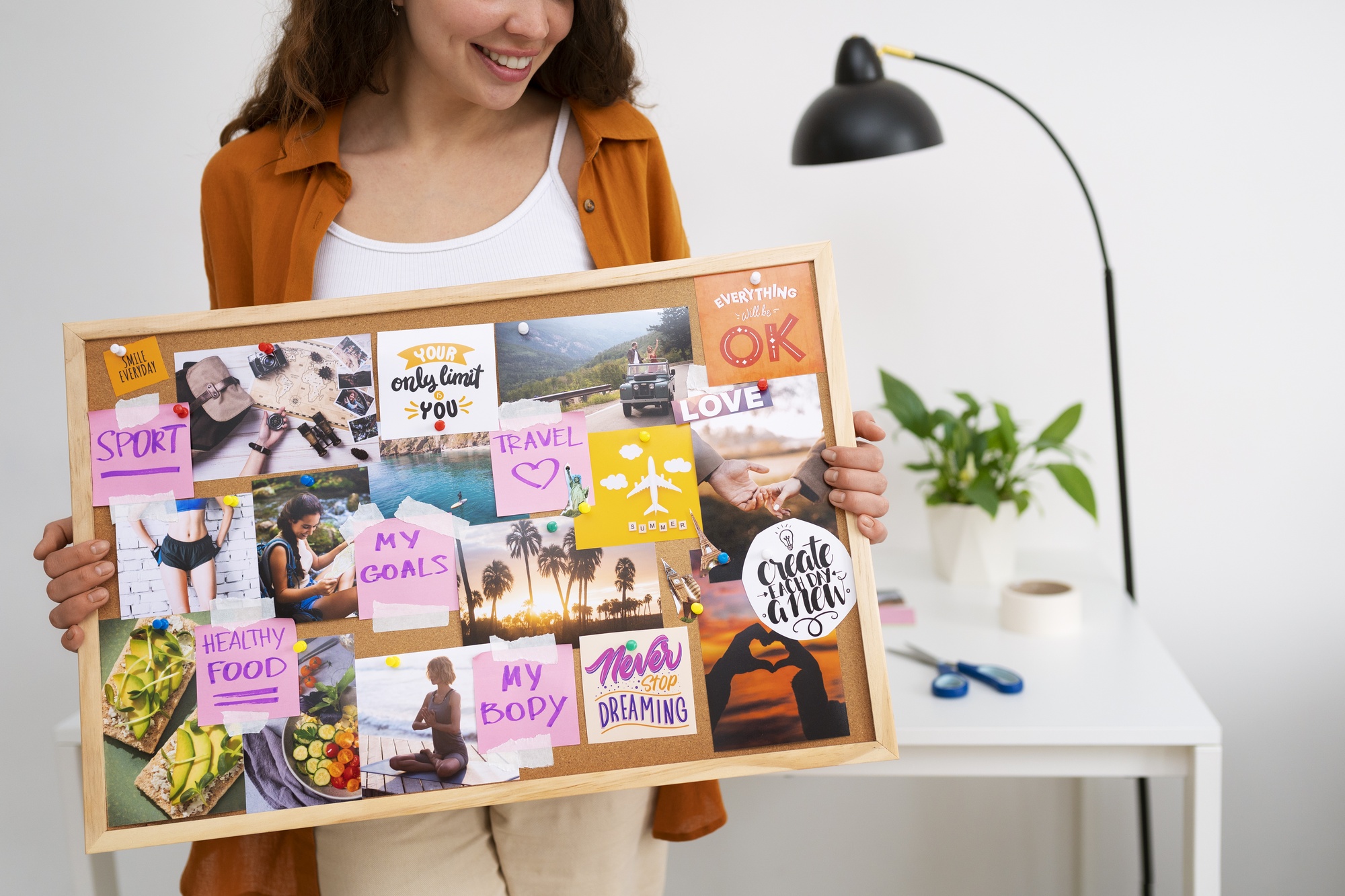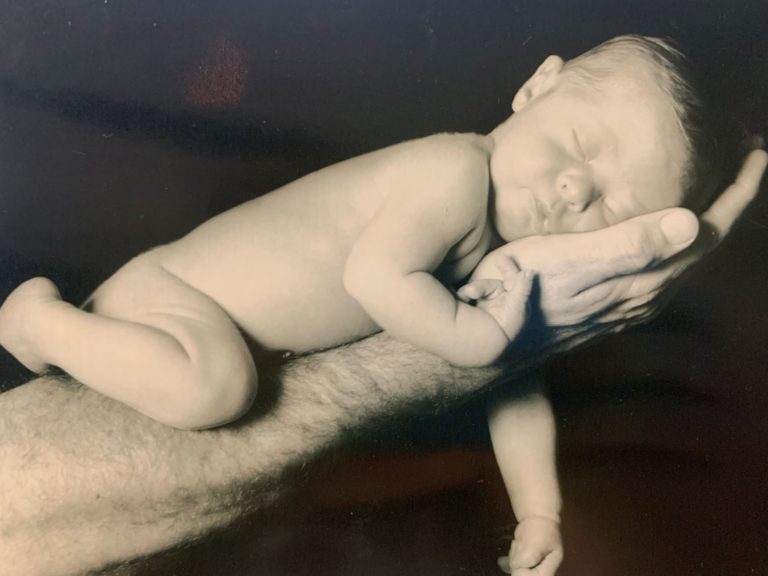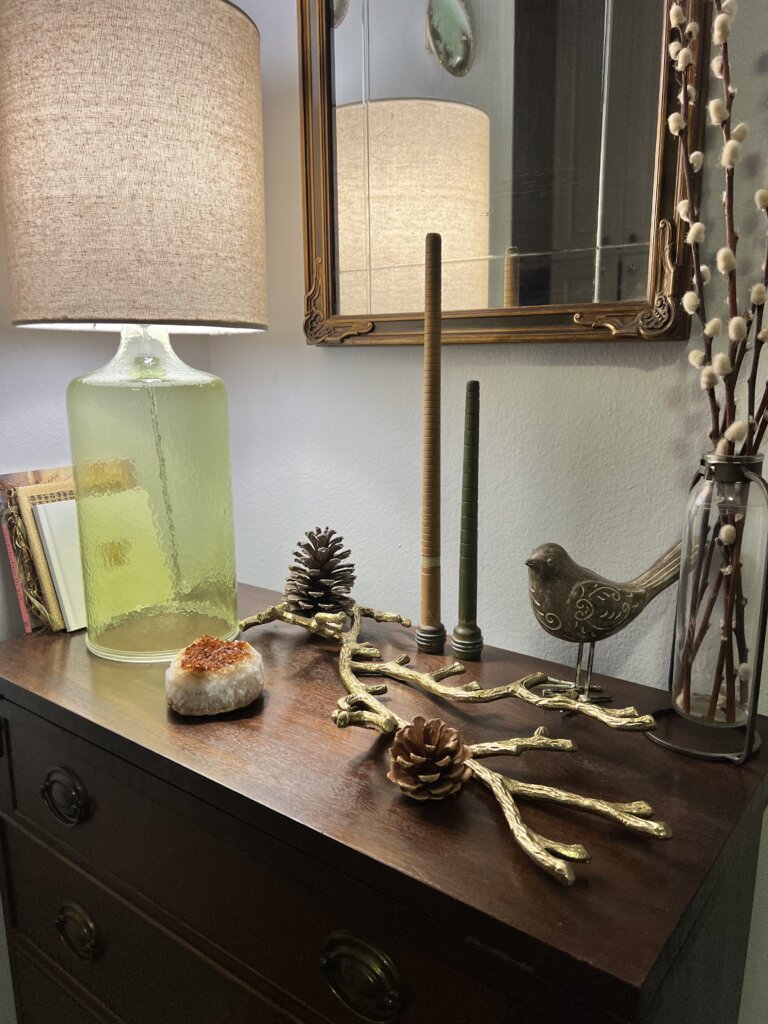How To Create a Vision Board with Intention
Affiliate links may be in this post.
How to create a vision board that will help you achieve results is as important as why you should create one. While there are some important factors that go into making a vision board, I will also share different medium choices and explain how they work.

Table of Contents
When did Vision Boards Become A Thing?
I’m sure you’ve heard of Vision Boards or “Dream Boards”, since they have been widely popularized over the last 15 years. But in case you haven’t, I am going to explain how to create one that gets your creativity sparking and sets forth real intentions so you can manifest your dreams and meet your goals.
Whether you’re a seasoned goal-setter or new to these practices, this is your chance to create a meaningful foundation for the year ahead

Vision Boards have actually been around longer than a few decades. Some believe they can be traced back to cave drawings where early humans drew stories depicting future plans.
While other historical evidence points to Egyptians creating hieroglyphics to proclaim their desires.
In the modern era, most young girls (and boys) have been cutting out magazine pictures for their bedroom walls since the first magazines were published.
They’d choose pictures for the life they dreamed of. I would call that an early form of vision boarding.
It wasn’t until 2015 that Kellan Lutz and Ryan Daly Founded National Vision Board Day. Planned as the second Saturday in January, it was a way to encourage people to set aside time to come up with goals for the new year.
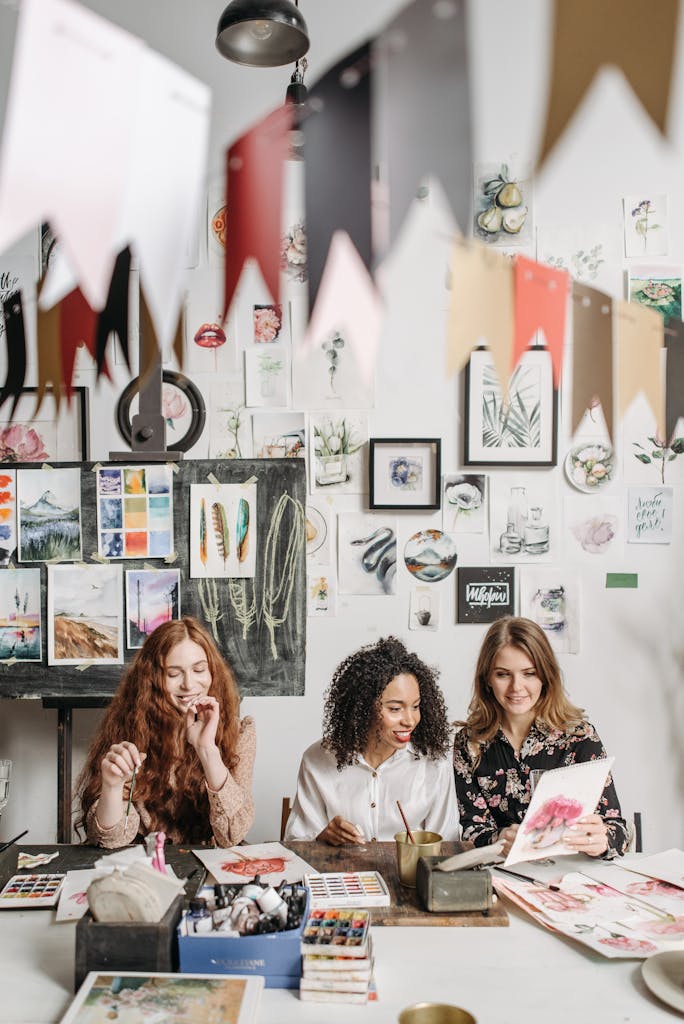
Friends would gather to create these boards with magazine pictures and glue sticks. The idea was if they set intentions together and put their wishes “out there”, there would be more accountability.
Vision Boarding with friends is a great way to not only share your goals with others, but to capture creative energy from those in the room. Your friends will encourage you to keep striving for your dreams.
What is a Vision Board?
Vision Boards are visual representations of goals, dreams, desires, and aspirations. They are a self improvement technique using visualization, much like mental imagery used in psychology. The big difference is that these images are taken out of your head and placed on paper or another form of media.
Typically a vision board is a collage of colorful images (cut from magazines) glued to a tangible poster or piece of paper.
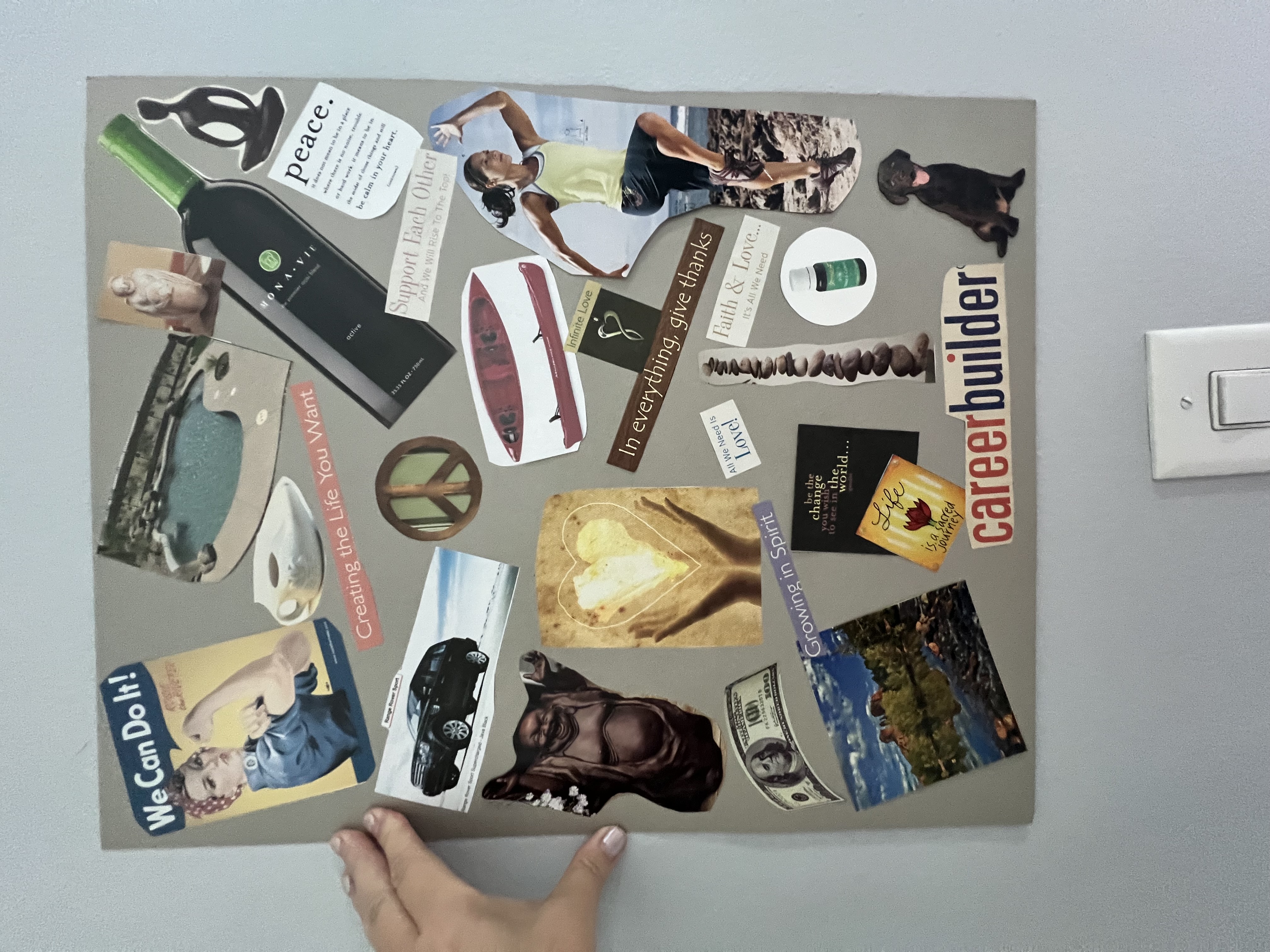
Traditionally it was designed with ALL your desires and dreams for the future. Young people might choose life long goals like landing the dream job, buying a house, traveling out of the country, or getting married and having kids.
But they have become more sophisticated over time, more fine tuned to help manifest goals that can be achieved sooner than the vagueness of “one day”.
Now, people make them for just the next year, or even quarterly. You can even have different boards for different areas of your life: Travel, Career, Romance, Self Care, etc…you get the picture!
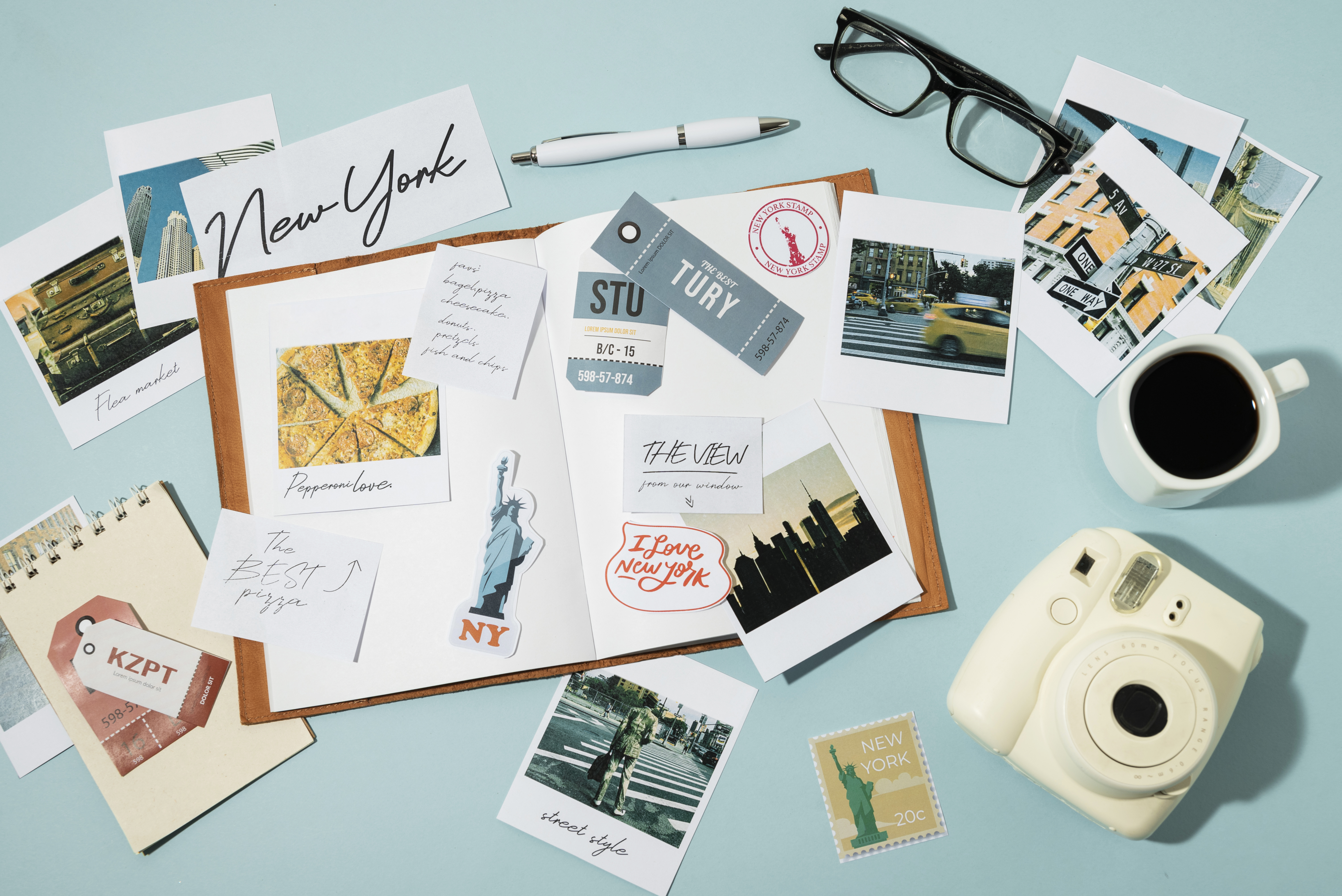
3 Different Types of Vision Boards

The good news is, you are not stuck with one form of vision board. Be as creative as you want!
Heck, pin those images right to a bulletin board on your wall if you want, it doesn’t really matter! The most important thing is that you actually be intentional about your choices, (more on this later).
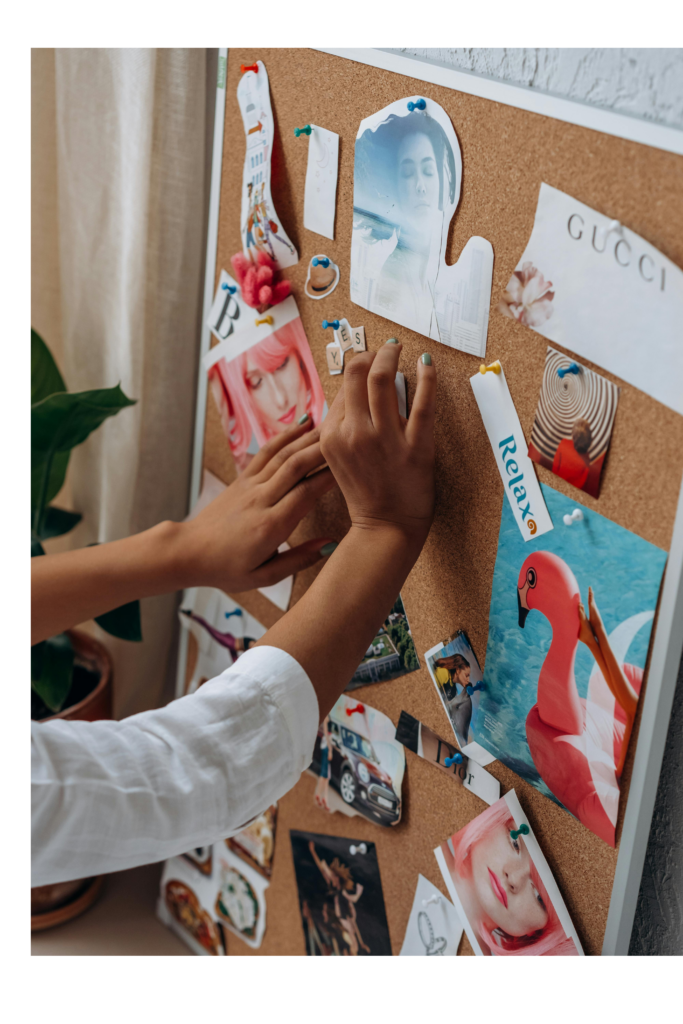
Traditional Posters: (Perfect for the Beginner)
Posters are beginner friendly, and an inexpensive way to get started. So, if that’s your jam, then here is a quick list of supplies you will need:
- Poster Board or large piece of sturdy paper (cardstock, watercolor paper, construction paper)
- Glue sticks or double sided tape
- Cut out pictures (magazines, books, photos, printed images)
- Inspirational words, quotes, phrases
- Symbols, logos, graphic images
- Markers, colored pencils, paints, etc…
Vision Books & Journals: (Perfect for the Artist)
Vision books and journals are my favorite way to create a vision board because they allow the most creative freedom.
It doesn’t have to be magazine pictures on a poster board or large piece of paper anymore. I mean who really has wall space for posters? And besides, what are we doing with them at the end of the year–stacking them in our closet, or just pitching them?
The book is like a piece of art, something to be cherished. Keep it in on shelf to reflect on year after year. It is like a chronical of your life’s dreams.
I prefer to use chip board journals and categorize the sections. This helps me keep the images organized for intentional purposes, (I’ll explain more on this later). Here is a supply list for Vision Books and Journals:
- Book, Album or Journal-I like this Chipboard Album one because it has tabs and is all chip board, so it will handle whatever I do to it. I can use glue or paint
- Modge Podge glue (I prefer Glossy)
- Acrylic paint
- Ephemera (miscellaneous pieces of decorative paper)
- Other scrapbooking supplies would be great!
- Cut out images from magazines, photos, printed images, etc…
- Inspirational words, quotes and phrases (either cut out or use scrapbooking letters)
 Buy Now →
Buy Now → Digital Vision Boards: (Perfect for the Digital Queens)
- CANVA: It’s time for us to expand creativity and evolve with technology too. Today, people are creating vision boards digitally. Canva is a great place to start if you aren’t interested in making art with your hands. There are thousands of images at your fingertips with Canva. Plus it has the easy drag and drop feature. It’s FREE, although the pro version will give you access to more pictures.
- SHUFFLES: I have been having a lot of fun with the FREE collage app “Shuffles“. It’s creative play with a touch of your finger that comes with animation and effects. It’s easy to use and one major benefit is you can do it anywhere you take your phone.
- POWER POINT: Power point by Microsoft is a simple tool for making slides that double as a vision board. These can be printed. Power point is easy to use and has endless possibilities.
- PINTEREST: Pinterest is one of the best ways to get the juices flowing for creativity. I LOVE Pinterest! Plus, you can create a Board on your own page and pin hundreds of images for a digital vision board. You will find many examples too!
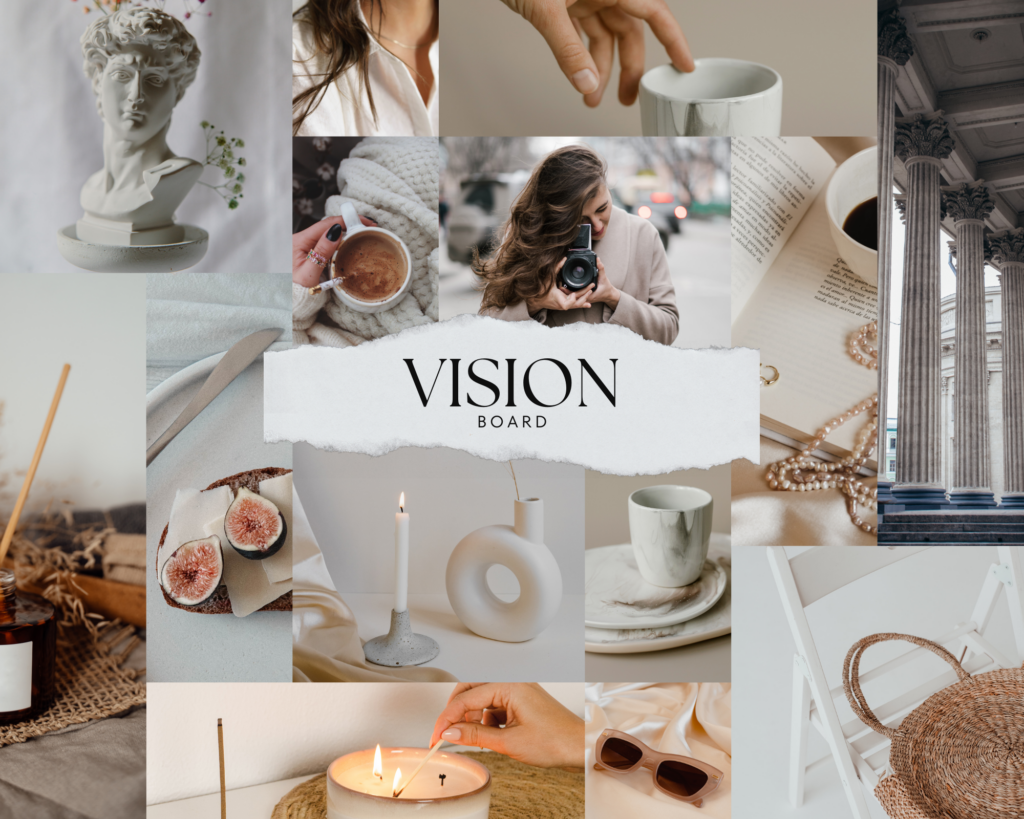
How do Vision Boards work?
First of all, vision boards only “work” if you actually make them with intention and use them in your daily life to help drive your vision. It’s not enough to slap pictures from your bucket list on a poster; and expect those things to come true. You will need to contemplate your goals and take actionable steps to achieve them.
Read on to understand the different theories of how they work. If one aligns with your beliefs, then go with it.
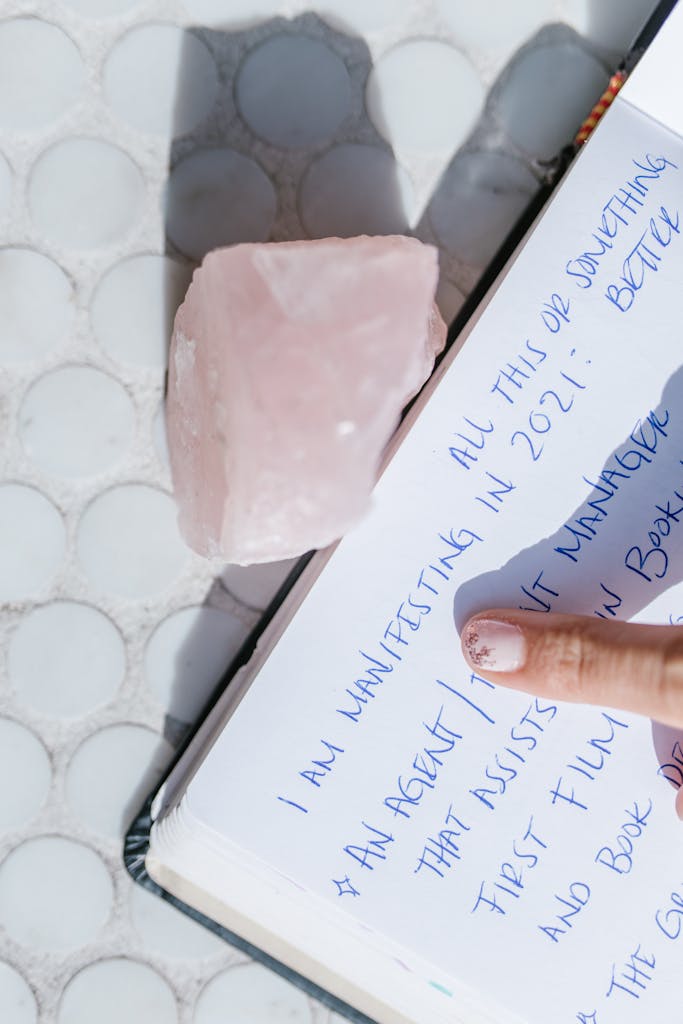
1. Law of Attraction:
For the most part, they use a philosophy called, Law of Attraction. This is where your positive thoughts and feelings will attract positive experiences.
Conversely, if you dwell on negative thoughts and feeling, you attract negative experiences. Essentially it means you have to practice positive, intentional mindset to receive the desired outcomes. This “law” applies to all areas of life including health, finance, and love.
As for the science behind that, well it’s hard to find and some say it is pseudoscience. However, many people find success with this practice. While we can’t control everything in our lives with positive thoughts, it can’t hurt to be optimistic, have better self talk, and stay focused on our goals.
2. Manifestation:
Manifestation is turning your thoughts and desires into reality through focused belief. It is rooted in the Law of Attraction and uses emotions, feelings, positive energy, and affirmations.
As for Vision Boards, manifestation can be used when made with intention.
I encourage you to look into this further, (if you want to skip going down the rabbit hole of the many rules, methods, and theories), by visiting Laura St. John’s website.
She is a celebrity mindset coach that I have been lucky to experience. After applying her techniques, I was able to triple my outcomes in my business in three months with simple manifestation practice.–But, that story is for another time.
3. Reticular Activating System (RAS):
The RAS is a bundle of neurons located at the brain stem. It has many important jobs for the body, like consciousness , sleep and alertness, and motor activities.
Some have said that one role it has, filtering unnecessary information while directing focus toward important stimuli, is responsible for the success of vision boards.
I will let you be the judge of that. Here are two articles with different thoughts on RAS:
- Wishing Upon a Neuron? No, the Reticular Activating System Won’t Manifest Your Dream Life , by neuroscientist, Sarah McKay
- Hacking Your Brain for Success The neuroscience of Visualization by Dr. Alena Candova, DC
4. Visualization (Guided Imagery):
Visualization is seeing mental images in your mind. It’s Imagination. It has been practiced in psychology as a mind-body exercise to help with physical and mental health.
According to Ceclia Health
“Research has shown that visualization can help increase neuroplasticity, meaning it can change brain pathways as well as create new network connections and this encourages progress toward the desired activities and goals. It can also increase positive emotions and help improve mindfulness and focus.“
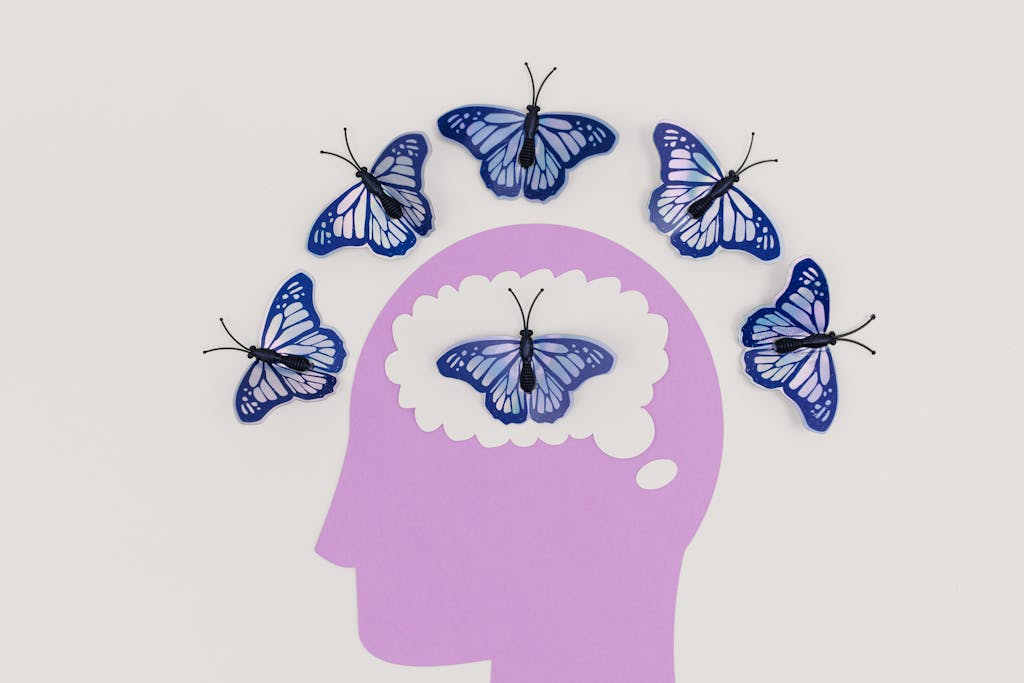
Visualization helps you imagine yourself in a scenario as a way to prepare for it when it actually happens. It is a way for some people to act out, in their mind, achievement of a goal or dream.
This is a powerful way to focus thoughts and energy on the desired outcome.
In fact, many athletes use visualization as a training technique to improve performance. It’s like a mental rehearsal. Here are the benefits of visualization:
- cultivates self-belief
- fosters positive thinking
- builds confidence
- connects you to goals
- keeps you mindful of opportunities
- motivates
- increases decisiveness
- brings clarity
- allows calmness under pressure
- prepares you for successful outcomes
- affirms values
Ready To Make a Vision Board?
No matter which type you plan to make, start with the steps below for a successful, well intended vision.
This is a fun and creative process that allows you to get in touch with your inner self. Set the mood with warm candle light and calm, uplifting music. Clear your head of stressors, worry, and distractions.
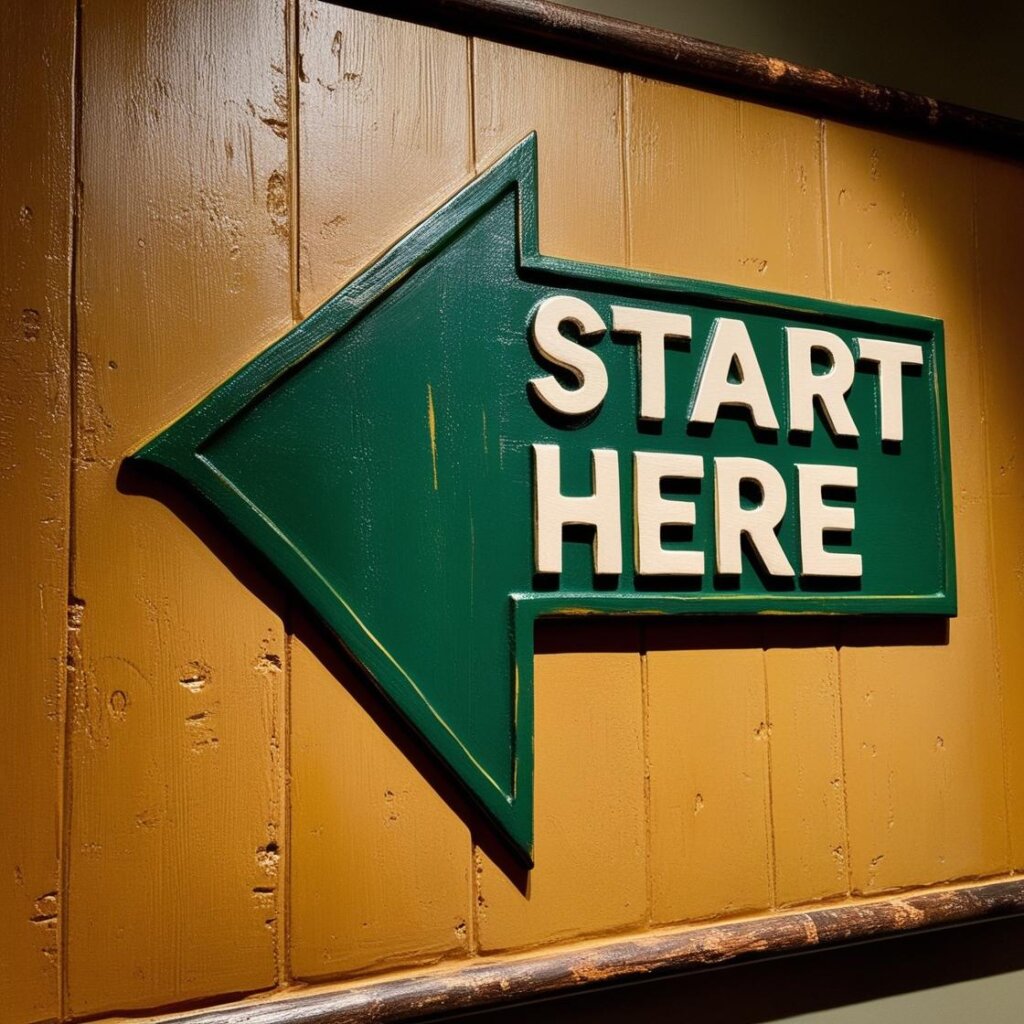
Start Here with 8 Steps
STEP 1: Choose The Type of Vision Board
- Poster
- Book
- Digital
STEP 2: Decide The Timeline
- Month
- Quarter
- Year
- Lifetime
STEP 3: Take Time to Reflect
- Dreams
- Aspirations
- Goals
- Gratitude
STEP 4: Brainstorm the Areas You Want to Create Goals
- Relationships
- Love
- Family
- Romance
- Friends
- Career
- Finance
- Location
- Purpose
- Health
- Nutrition
- Fitness
- Recovery
- Adventure
- Travel
- Explore
- Hobbies
- Self Development
- Personal
- Healing
- Self Improvement
- Home
- Location
- Style
- Aesthetic
STEP 5: Write Intentional Goals
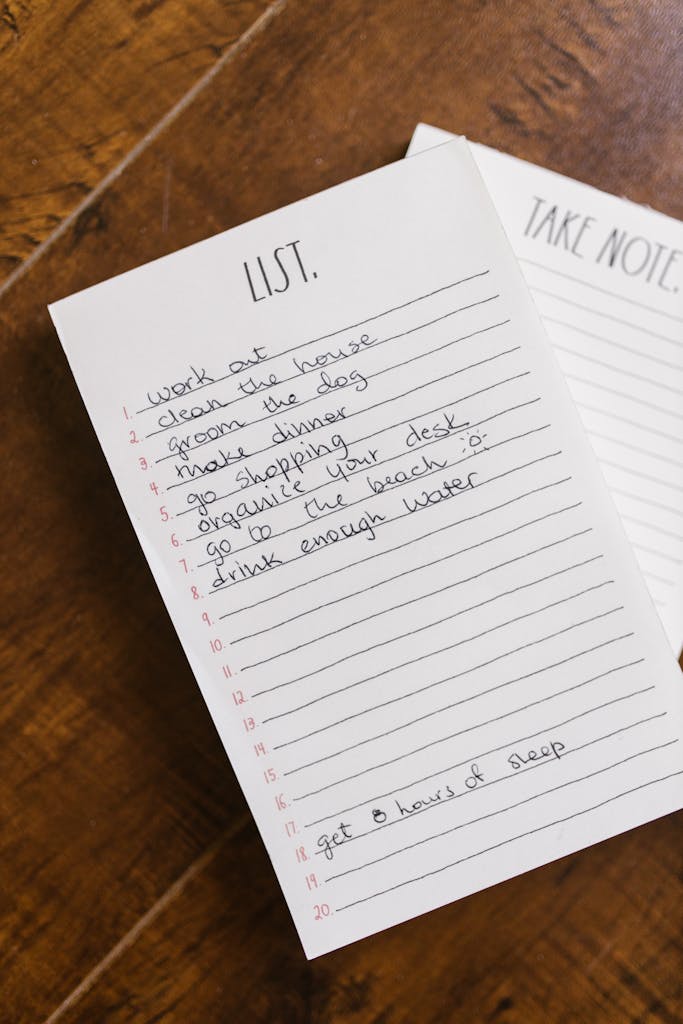
- Be Specific: Clearly define what you want. Instead of saying, “I want to be healthier,” specify, “I want to exercise three times a week and eat more whole foods.”
- Feel It: Imagine how you’ll feel once your goal is achieved. The emotions of success—joy, gratitude, pride. You want to choose words that will be what you feel AFTER achieving the goal. Speak in the present tense. So using the example above, instead of saying, “I will feel …”, it should sound like, “I feel strong from eating more whole foods and exercising three times a week”
- Take Action: Manifesting with vision boards isn’t just wishful thinking. Break your goals into actionable steps and start moving toward them.
Break it down like I have in the Example Goal Worksheet below and download your FREE Blank Worksheet:
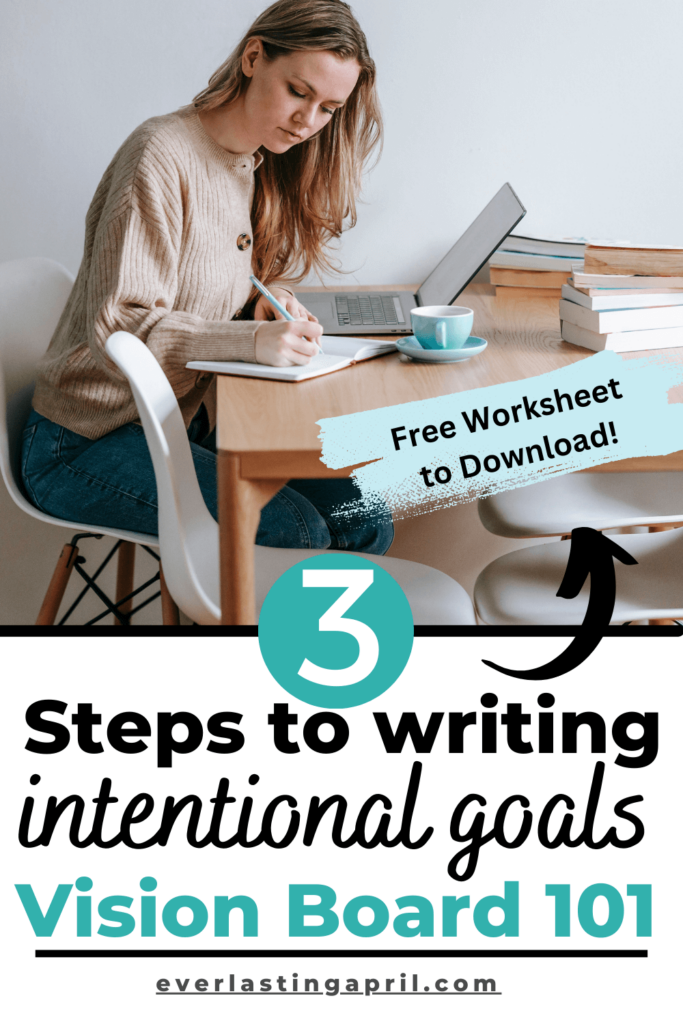
Get Your FREE Download of BLANK GOAL WORKSHEET Here!
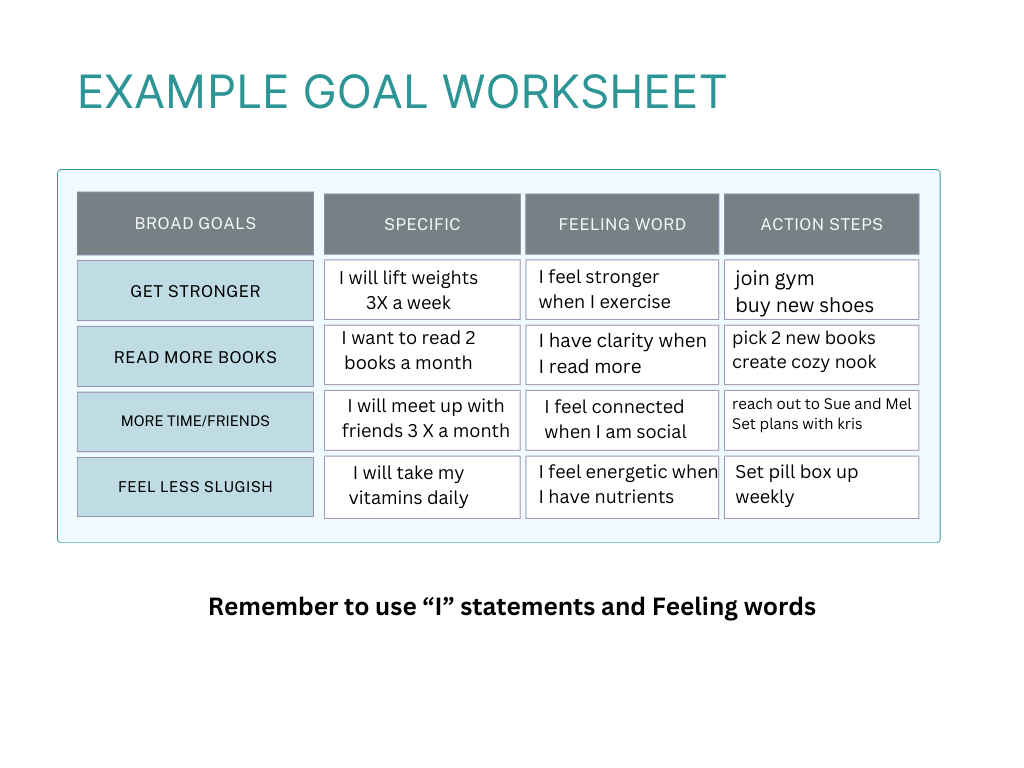
STEP 6: Find Images
A. Gather magazines and cut out pictures of images that reflect some of your goals. These are colorful and often align nicely with your manifestations.
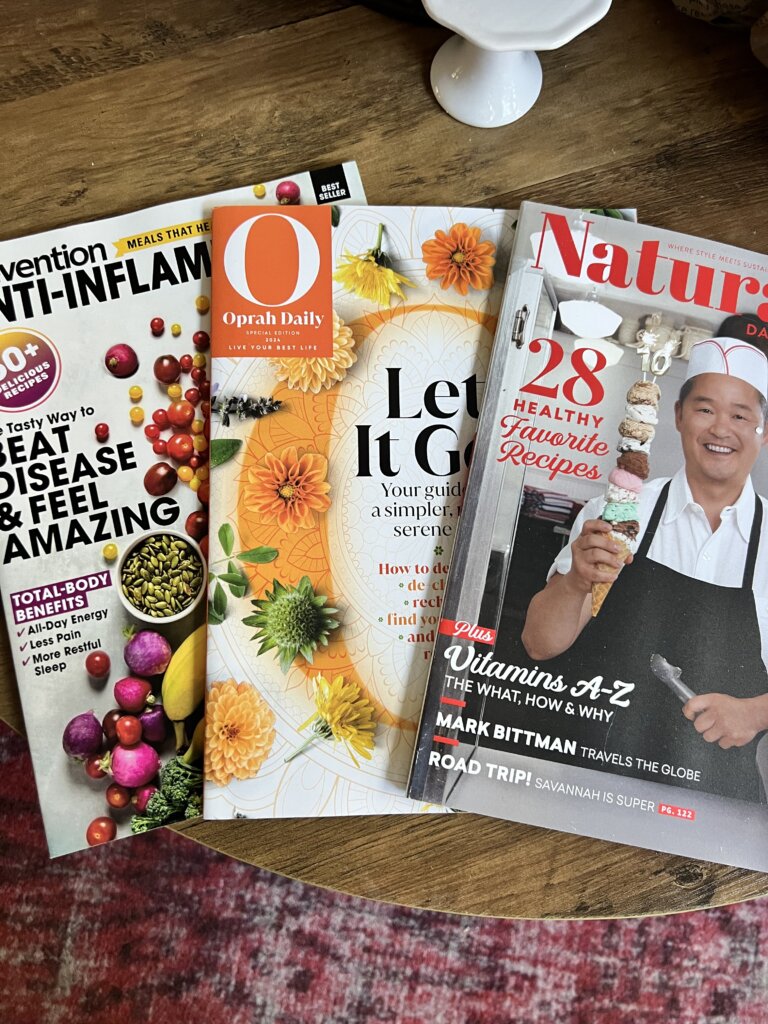
B. Find pictures online to print. I use Pinterest all the time to capture exactly what I am looking for. Save them to your board and then print the image for collaging.
If you don’t have access to magazines or desirable pictures, check out these Vision Board Image Books. I use them all the time because the images are beautiful and so relatable.
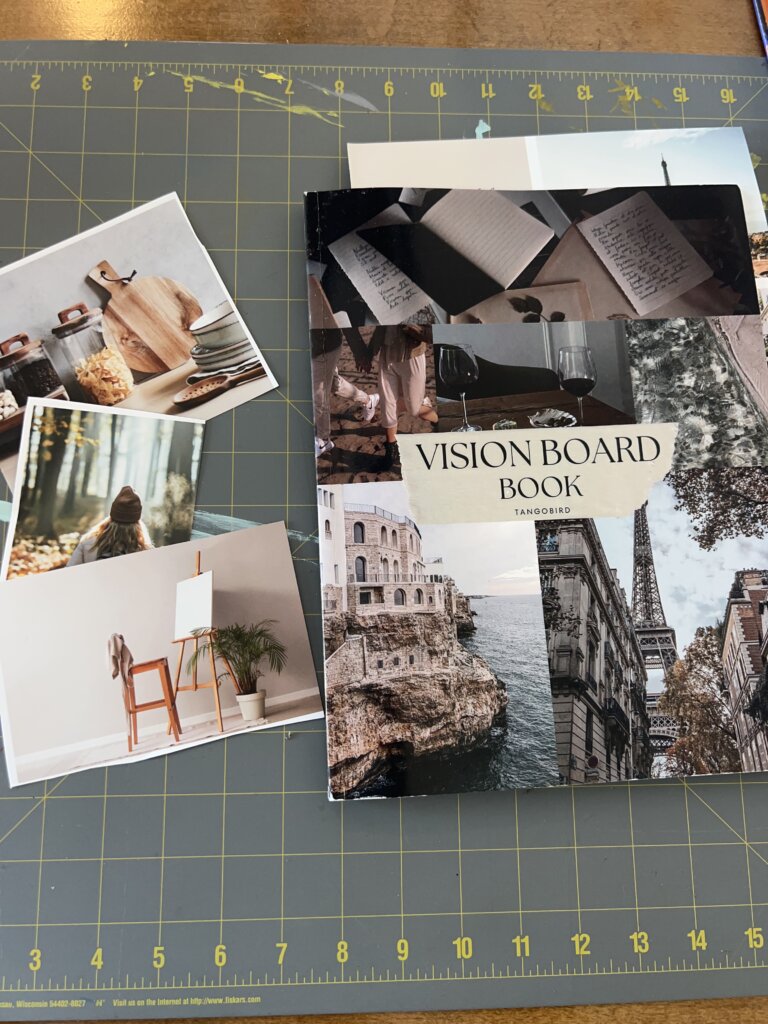
I found three images right away that fit what I am trying to manifest this year:
One is for a cleaner, more toxin free kitchen.
One is a girl hiking outdoors. this is to encourage me to go for daily walks.
The third one is an art easel. This will remind me to make art often!
C. Tangobird Vision Board Book
 Buy Now →
Buy Now → D. The Ultimate Vision Board Clip Art Book Vol 2: Manifest Your Perfect Life With 600+ Inspirational Images, Powerful Words, Quotes and Affirmations For Women
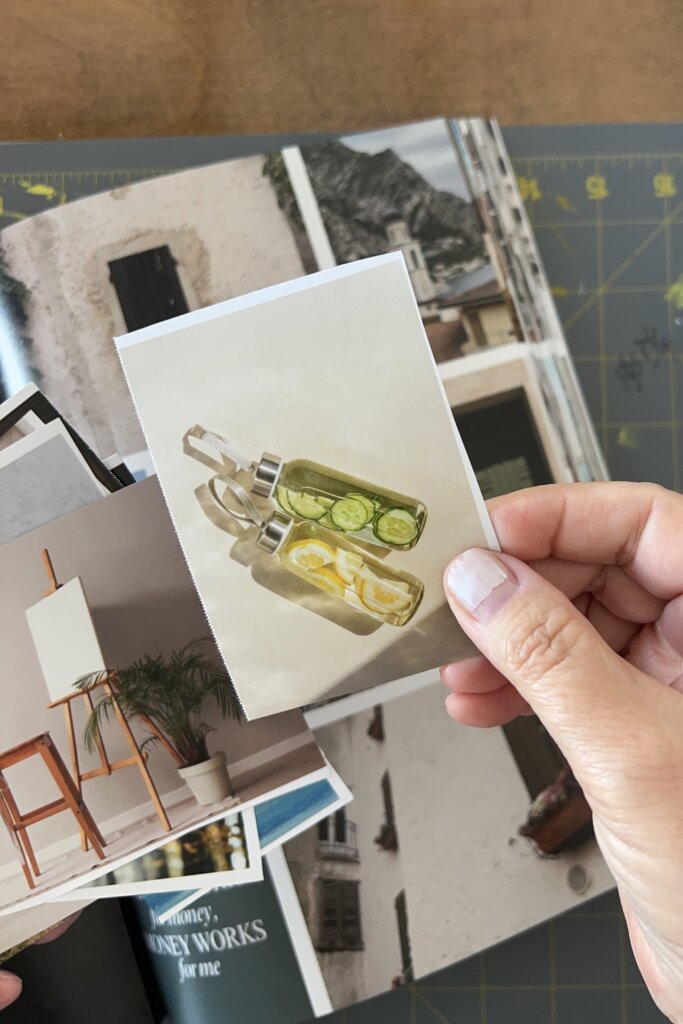

The Ultimate Vision Board Clip Art Book Vol 2
Buy Now →STEP 7: Glue your images on the board, poster, or book pages
I use many adhesives when making a vision board collage. Glue sticks, double sided tape, and liquid glues, like Modge podge. It doesn’t matter what you choose, just be sure it is strong enough for the surface.
STEP 8: Write a List of Positive Affirmations
Positive affirmations are short, validating statements. Often they use “I Am” with an adjective.
Affirmations are intended to be repeated for motivation so they should be short.
There are affirmations for every area of life you want to improve. Here are some examples:
- I am living with abundance
- I am powerful
- I am confident
- I can be whatever I want
- I am getting healthier everyday
- I am constantly growing
- I am proud of my efforts
Not all affirmations use “I AM” statements. But they are meant to be positive and motivating, like these:
- I trust myself
- I got this
- My life is a gift
- I embrace my power
- My goals are achievable
What To Include
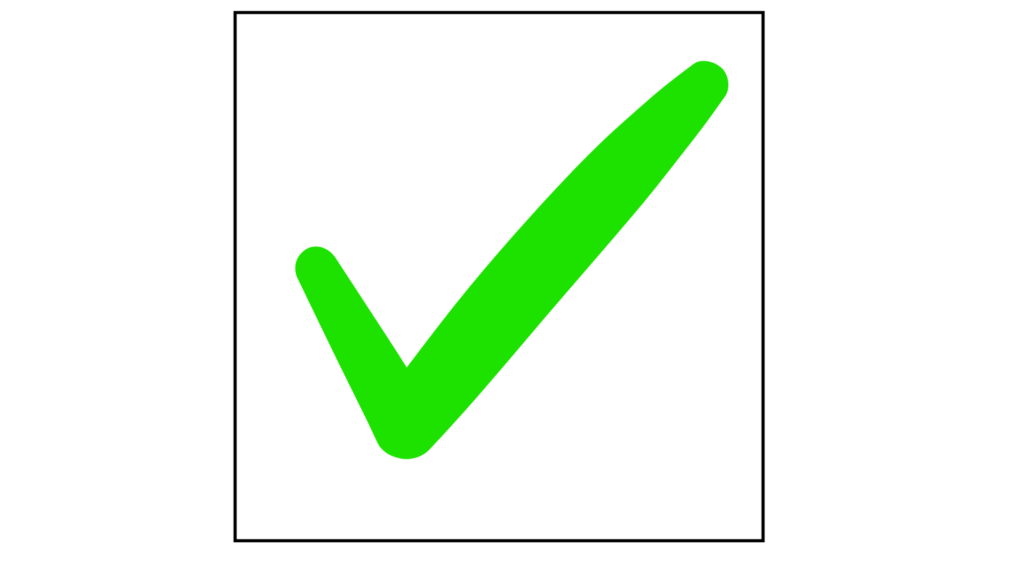
Do include clear messages of your desires. Goals/Affirmations
Gratitude statements.
Do use words AND images.
What NOT To Do
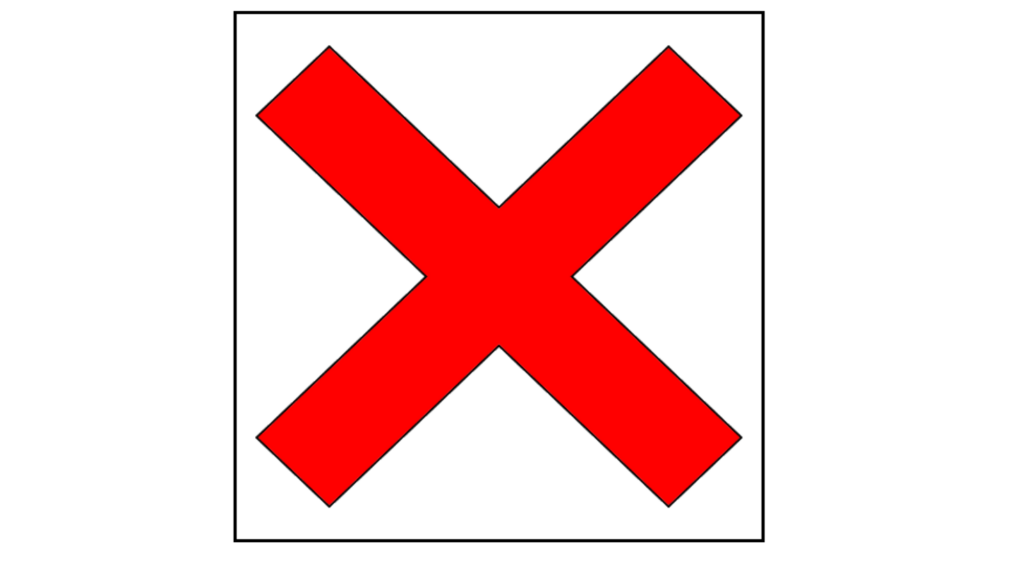
Don’t be too vague or broad.
Don’t use negative statements.
Don’t choose things are out of your control, like I want to have a sunny wedding day. Manifesting weather changes and some other things in life just don’t work.

Do not be disrespectful to others or wish ill on anyone.
Do not choose pictures that aren’t aligned with your personality.
Don’t clutter the collage. Keep it well spaced so each image can stand out.
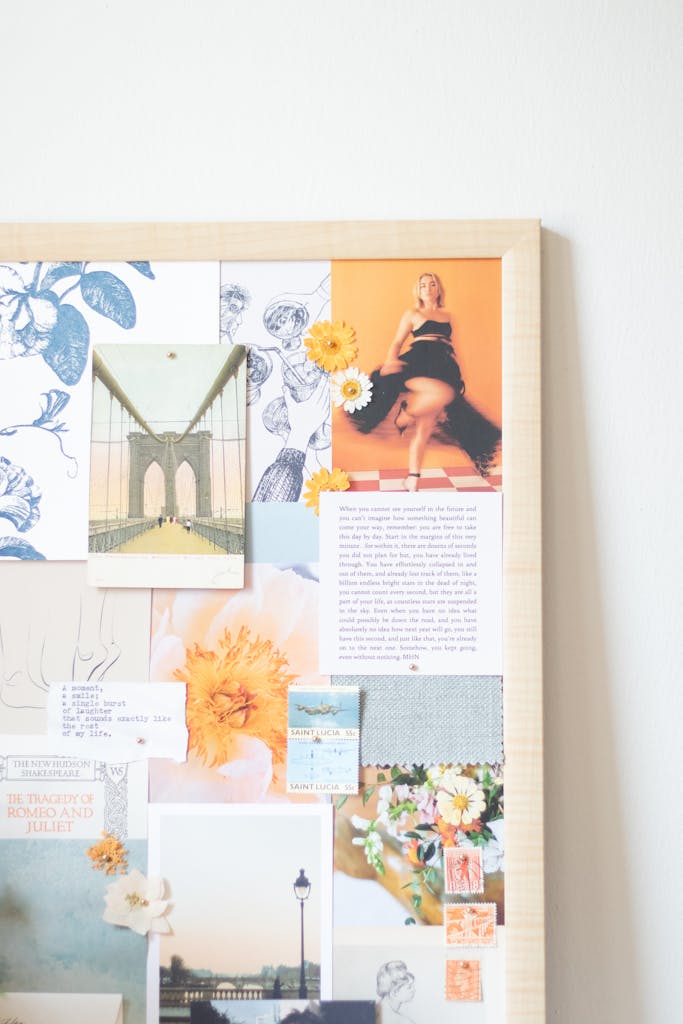
How to Use Your Vision Board
Keep it visible
If it’s a poster or something like that, then hang it up in a room where you will likely see it everyday. Near the bathroom mirror is a great spot!
If it’s a book, keep it on your desk, kitchen counter, or coffee table to look at daily.
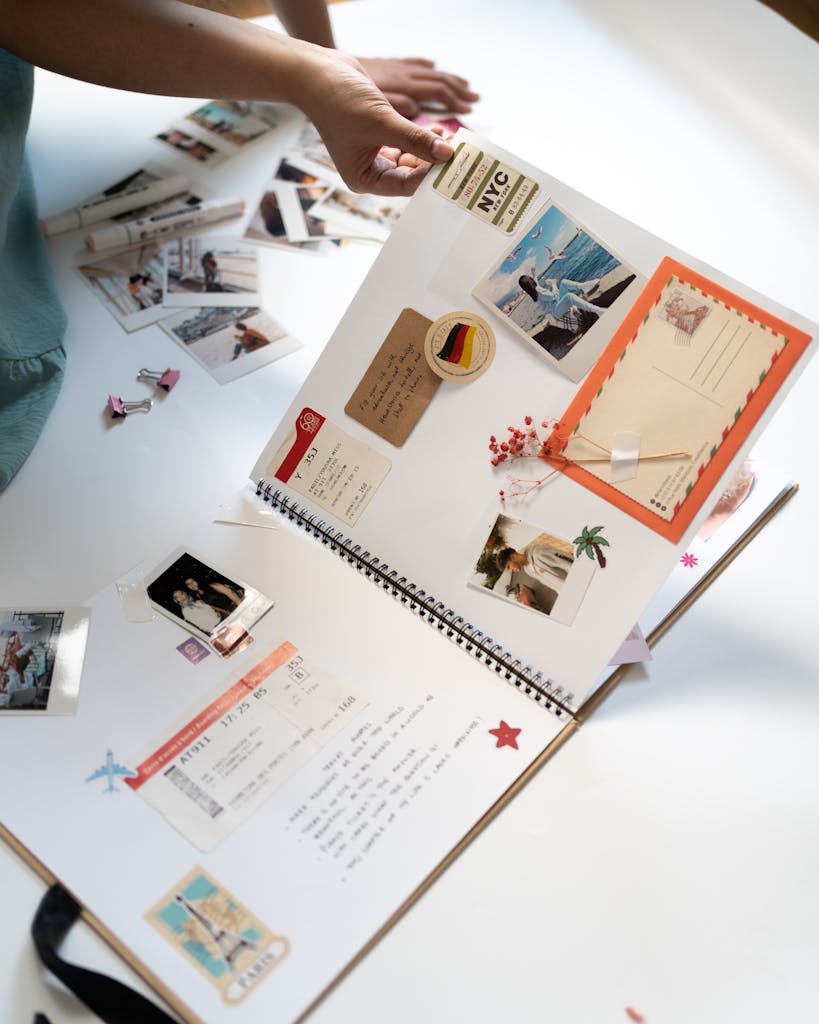
Make time to review it daily
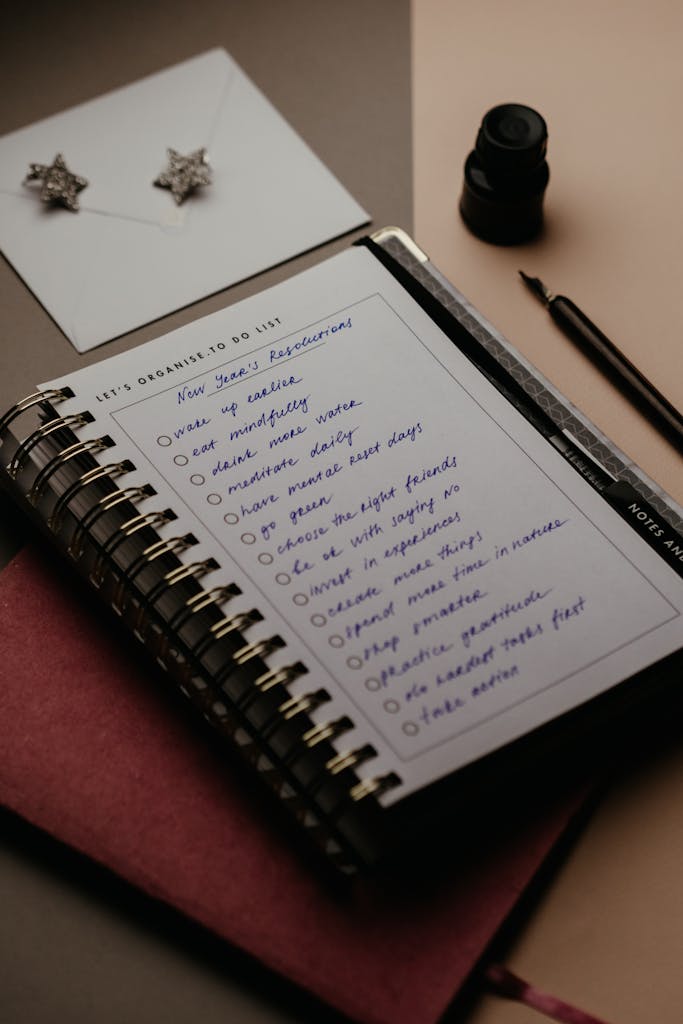
This is where the real work comes in!
Actually carve out a time each day to look over the pictures and say your FEELING WORD STATEMENTS from the Goal Worksheet you made.
- Close your eyes and visualize yourself in those pictures, doing those things. Or imagine you already live that life.
- Say the feeling word statements out loud
Do this 2X a Day, about 5-10 mins, each time.
Make sure to have gratitude for what you already have
As you review your goals, say thanks for what you do have first! Saying thanks for even the smallest blessing is good practice.
It is a good reminder of the good things and experiences you are already having, so you can really stay positive about new goals.
Research in this article shows there are 35 Scientific Benefits of Gratitude for mental health. Being grateful can bring happiness into your life.
Celebrate successes
Be grateful for what you are successful in and celebrate that. I am a mother of an adult with special needs, so one thing I have learned is to celebrate every milestone and accomplishment. It goes a long way to build confidence and sense of worth in yourself and others.
Now, I carry that through in my own life and celebrate every accomplishment I make in my personal growth and business.
Why Intentional Living is the Key to Success
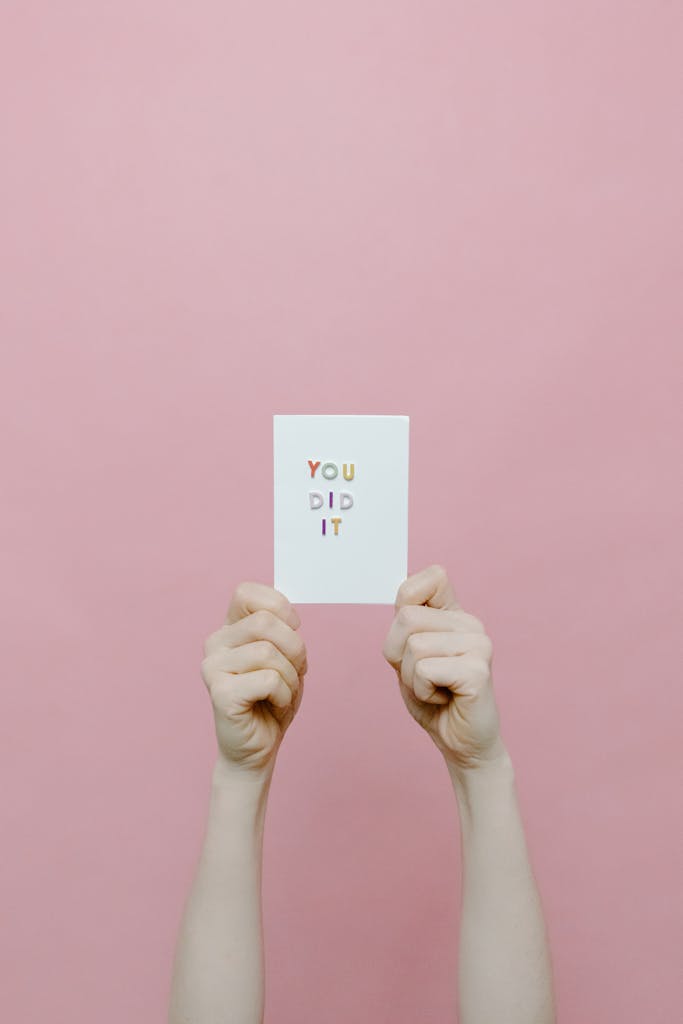
Intentional Living is a learned skill. We have to practice mindset and purpose for success, and we have to have vision.
Check out these videos for more inspiration by coaches who teach intentional living.
Intentional Living: The Key to Success
Designing Your Life | The Key to Living Intentionally
When you have a plan and a vision, it will be easier to accomplish your dreams and goals.
Tips for Staying Motivated All Year
Staying motivated all year isn’t going to be easy. Yes, when you first make the vision board, you will be excited and ready to jump in with a routine. but soon, life gets busy and you may find that you have fallen behind on actually doing the work behind vision boards.
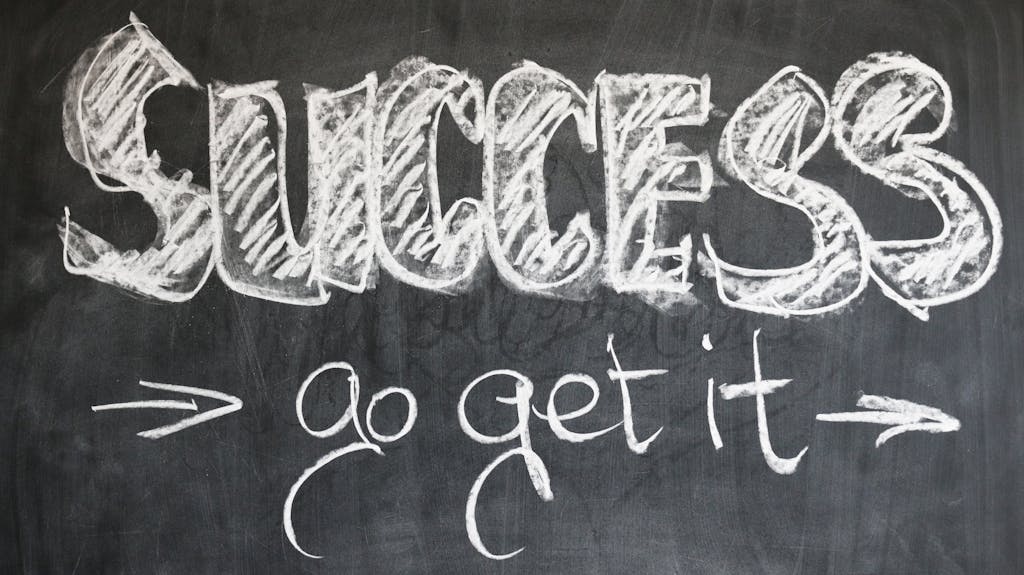
It’s a lot like making a New Year’s Resolution, like for exercise or one to start a new diet. Sometimes we get up early with intention to hit the gym and exercise everyday. Unfortunately, the routine may become boring. Or you may lose motivation when you don’t see results quickly enough.
Keep your vision board visible in your seasonal home spaces. Check out this post on “Create The Ultimate Winter Sanctuary at Home” to learn about embracing winter season.
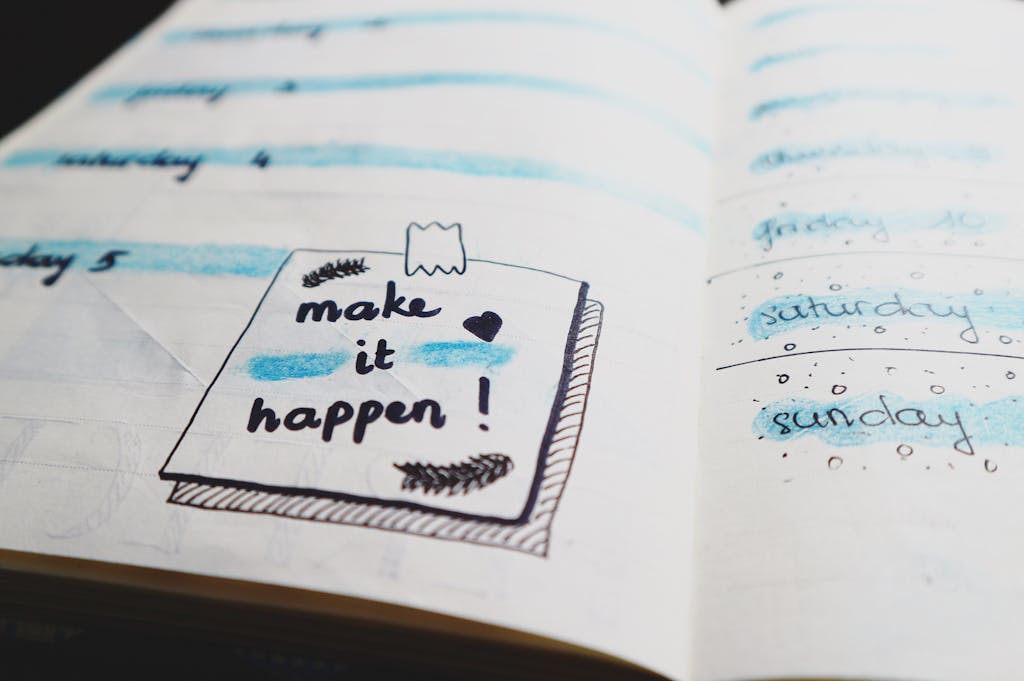
TIPS:
- make the goals on your vision board attainable in the time frame you have planned.
- take note of obstacles and challenges and face them head on.
- create check-ins with yourself to track progress.
- do the work. Keep it visible and review it daily.
- Set intentions and smaller goals
Summary:
Some form of vision boards have been around for years, and most recently became a craze in the 2000’s with friends gathering to be creative. This post explains the different types of vision boards, and how they work. There is a bit of science behind them. Learn the steps for making a vision board and the importance of being intentional. There are many tips for staying motivated when you use vision boards to manifest dreams and goals.

